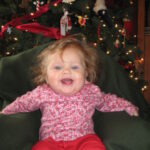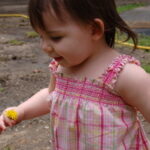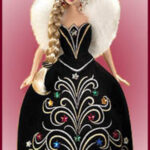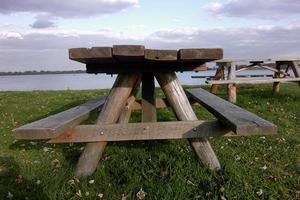Christmas, Easter, Valentine’s Day and any other major holiday create a run on shelves lined with educational toys for toddlers. They are shiny and look great in the catalog. Therefore, it would seem that buying learning toys for toddlers is a snap. Of course, once the present is given and wrestled out of its package with the multiple wire ties and tape, the toddler may give it a passing glance and move on to something else — like the packaging it came it. As a parent who has seen supposedly lauded educational toys for toddlers collecting dust, I have noted that the toys toddlers play with and those marketed as being educational do not always feature the same components. Take heart. Learn from my experience and recognize the toddler educational toys that will turn into dust collectors and differentiate them from those that will be played with time and again.
Avoid Overly Complex Toys
Marketed as learning toys for toddlers, these doodads tackle complex skills the child is not interested in — or ready to — develop. You find these toys frequently aimed at the parent who is trying to prod along a youngster’s cognitive development with an eye on early scholarship accomplishments. Even if you believe that junior is a bona fide super baby, take to heart the University of Georgia’s outline of toddler development. Between the ages of 12 months and 24 months, toddlers are still sorting shapes and colors, matching cards, developing a vocabulary, becoming aware of cause and effect, and loving exploration. This is not the time to introduce toys with complex instructions and frustratingly slow game play.
Tip: A large collection of differently colored beanbags with numbers or letters printed on the front is perfect. Toddlers love to throw them, sort them, learn the numbers and letters, and match the colors.
Check the Toy Appeal
It teaches French, Spanish and Mandarin Chinese. The toy promises an insight into math equations and even early geometry. In short, as discerning parents you are premier fodder for the marketing antics the toy’s sellers have dreamed up. The University of Pennsylvania reminds parents of the Baby Einstein debacle that led to lawsuits and a report revealing, “Most so-called educational toys for infants and toddlers are bogus.” Leave behind the shiny, noisy and far too advanced toys. Besides, unless you are willing to follow through, a bilingual education does not just happen with a toy.
Tip: Plastic measuring cups, muffin pans and old pots and pans are excellent toys at this stage. Kids learn about big, bigger and biggest, come to grips with sorting and make some noise with pots and pans.
Complexity is the Enemy of Creativity
When my child received the latest educational toys for toddlers from well-meaning family members, she would play with the items for a short time. Before long, she would change the way the games were played, which led to family members’ attempts at redirecting her. Usually these toys featured flashing lights and noisy sounds. Not surprisingly, these educational toys soon became boring. Left to her own devices, she made up games that elicited noise and light responses; when forced to follow the rules, the toys lost luster.
Tip: Foster creativity instead of demanding strict adherence to rules. If your toddler wants to stack blocks with numbers that do not follow in sequence, let him! Number recognition and a developing sense of order will soon take care of the sequencing — probably during the early preschool years.
More Toy-related Articles by Sylvia Cochran
- 3 Inexpensive Toys Can Teach Your Baby to Crawl
- 3 Recalled or Otherwise Dangerous Toys to Avoid This Holiday Season
- Parent Guide to Teaching Children How to Share





